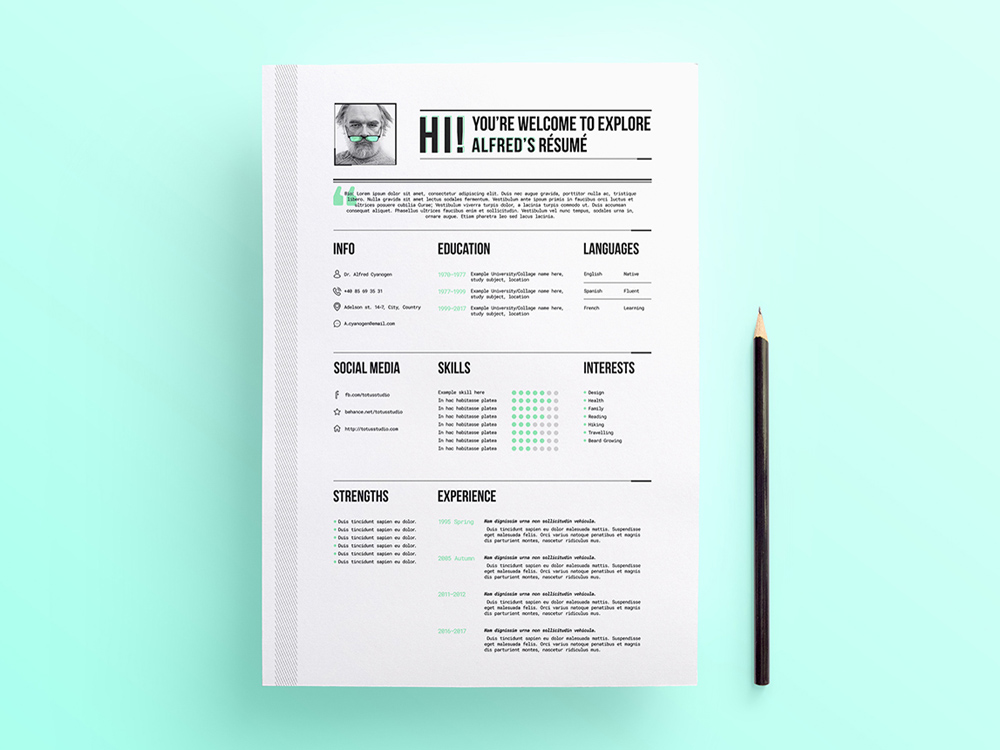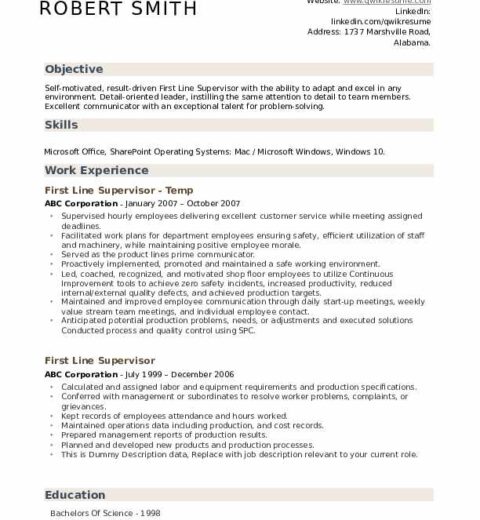Creating a resume might seem akin to sculpting a marble statue; both endeavors require vision, precision, and an understanding of the fundamental materials at your disposal. In the realm of professional development, a resume serves as the first impression – a gateway to career opportunities, much like a grand archway invites one into a majestic edifice. Crafting this essential document does not necessitate hefty investments; rather, it demands an astute approach, especially when the goal is to construct a free resume that exudes professionalism.
At the onset of this process, one must engage in introspection, examining what sets them apart. This phase necessitates a meticulous inventory of one’s experiences, skill sets, and education – akin to an artist gathering their palette before commencing a masterpiece. Dig deep into your past roles and contributions. Highlight key achievements, quantifying them where possible. Did you elevate sales figures by a specific percentage? Did you spearhead a project that received accolades? Such details transform a resume from an ordinary document into a compelling narrative.
Once the inventory is complete, the next step involves selecting an effective template. This choice is akin to choosing the right canvas for a painting. Various resources online offer an array of free resume templates designed for different professions and levels of experience. Look for templates that prioritize clarity and aesthetic appeal and that do not overwhelm with embellishment. The design should serve as a backdrop, enhancing the content rather than overshadowing it. Favor simplicity; a well-organized and visually balanced layout often communicates professionalism more effectively than a convoluted one filled with extravagant graphics.
After securing a template, attention must shift to the structure of the resume itself. Typically, a professional resume comprises several key sections: contact information, objective or summary, experience, education, and skills. Each segment plays a pivotal role, akin to the different movements of a symphony; they must harmonize to create a cohesive and engaging portrayal of the individual.
The contact information section should be straightforward; include your name, phone number, email address, and LinkedIn profile if applicable. Clarity is paramount. Beneath this, consider including either a succinct objective or a compelling summary statement. This initial glimpse serves as an elevator pitch, capturing the reader’s attention. It asserts what you bring to the table and what you aspire to achieve. Tailor this statement for each application, ensuring that it resonates with the specific job target.
When detailing your experience, employ a reverse chronological format. This structure allows hiring managers to see your most recent accomplishments first, facilitating an understanding of your career trajectory. Describe your roles with action verbs. Rather than stating, “Responsible for managing a team,” consider the more impactful “Led a team of five in developing innovative marketing strategies that resulted in a 30% increase in engagement.” Such phrasing injects dynamic energy into your narrative and illustrates actionable results.
The education section, while often straightforward, provides an opportunity to highlight relevancy. Include your degree, institution, and graduation date. If you’ve completed any relevant certifications or courses, make sure to showcase them. This segment is particularly vital for recent graduates who may possess less extensive work experience.
Another vital component is the skills section. Here, one may introduce both hard and soft skills. Hard skills include technical proficiencies or competencies specific to your field, while soft skills encompass interpersonal attributes like communication and teamwork. Tailor this list to match the job description of the position you are pursuing, circumspectly ensuring that you possess genuine expertise or aptitude in these areas.
As one crafts each section, the embellishments of language can be likened to strokes of the brush on a blank canvas. Use active language and specific terminology pertinent to your industry. Avoid tired buzzwords. Phrases such as “team player” or “hardworking” have become so ubiquitous that they often lose their significance. Instead, opt for terms that embody your individual contributions and values. This meticulous diction elevates the quality of the resume while instilling a sense of authenticity.
Pay careful heed to font choice and sizing. Opt for professional fonts such as Arial, Times New Roman, or Calibri. Maintain uniformity throughout and ensure readability. Avoid font sizes smaller than 10 points; anything diminutive may strain the eyes of potential employers, causing them to disregard your extensive efforts. Margins should be balanced, ensuring that the content does not appear cramped. The overall appearance must evoke a sense of clarity and professionalism.
Finally, before embarking on the submission phase, it is imperative to scrutinize your resume for accuracy and coherence. This is your opportunity to polish the masterpiece, akin to a painter choosing to step back and examine their work from a distance. Typographical errors or grammatical mistakes can diminish the perceived professionalism of an otherwise formidable resume. Utilize tools for spell-checking, but also consider having a friend or colleague review it. A fresh pair of eyes may catch errors you might miss.
In conclusion, crafting a free resume that radiates professionalism demands attention to detail, strategic organization, and authentic presentation. Much like a finely crafted sculpture, it is essential to be mindful of each element, creating an impression that captures one’s unique appeal and potential. With the right approach, a well-structured and aesthetically pleasing resume can be your pathway to achieving career aspirations, opening doors to opportunities just waiting to be explored.




